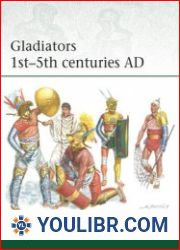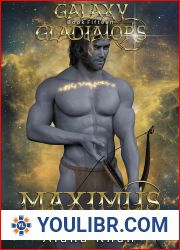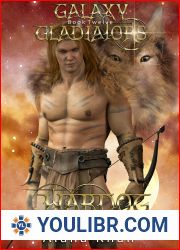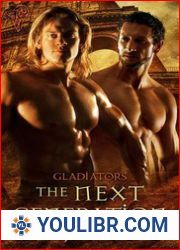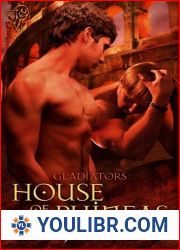
BOOKS - The Roman Gladiators and the Colosseum: The History and Legacy of Ancient Rom...


US $8.78

310965

310965
The Roman Gladiators and the Colosseum: The History and Legacy of Ancient Rome's Most Famous Arena and Fighters
Author: Charles River Editors
Year: November 18, 2013
Format: PDF
File size: PDF 3.0 MB
Language: English
Year: November 18, 2013
Format: PDF
File size: PDF 3.0 MB
Language: English
*Includes pictures.*Includes ancient accounts of gladiatorial games and other spectacles.*Explains how the Colosseum was designed and built, as well as how seating was arranged.*Describes the different classes of Roman gladiators and the armor and weaponry they used.*Includes footnotes and a bibliography for further reading."He vows to endure to be burned, to be bound, to be beaten, and to be killed by the sword. and " - The gladiator's oath, according to Petronius in the Satyricon.When the Colosseum was built in the late 1st century A.D., the Romans, a people known for their architectural acumen, managed to amaze themselves. Martial, a Roman poet writing during the inauguration of the Colosseum, clearly believed the Colosseum was so grand a monument that it was even greater than the other Wonders of the Ancient World, which had been written about and visited endlessly by the Romans and Greeks in antiquity. Indeed, although the Wonders were wondrous to behold, the Colosseum was a spectacular achievement in architecture, something new and innovative, and therefore an amazing "Wonder" in its own way.The Colosseum was designed to be both a symbol and show of strength by the famous Flavian emperors, most notably Vespasian and his sons Titus and Domitian. Vespasian had started the construction of the Colosseum shortly after becoming emperor in 69 A.D., but he died before he could present any spectacles in his giant amphitheatre. That honor went to his son Titus, who celebrated the inaugural opening in 80 A.D. with 100 days of games, despite the fact that the Colosseum was not completely finished. When his brother Domitian came to power in 81 A.D., he finished the amphitheatre, but not without making some changes to the overall design. By the time it was truly finished, the Colosseum stood about 150 feet tall, with the oval in the center stretching nearly two football fields long and over 500 feet across. The Colosseum is a large stadium even by today's standards, and its great size conveys the power of the empire as it dominates the landscape and towers over nearby buildings.Of course, the main events in the Colosseum were gladiator fights. Gladiators are somewhat synonymous with ancient Rome, and even thousands of years after they performed on the sands, when people are asked about Roman culture, many think about and refer to the bloody spectacles of men fighting to the death in the arena. Gladiatorial combat is often regarded as barbaric, and most find it very difficult to comprehend how people could have enjoyed watching something so violent, but nevertheless, the spectacle still intrigues and fascinates people today, whether in movies like Gladiator or television shows about Spartacus.Each match usually pitted one type of gladiator against a different type of gladiator, with each having their own kind of armor, weaponry and fighting style. For example, the retiarius was a gladiator that used a net, dagger and trident as his offensive weapons, while only wearing a protective guard over his left arm for protection. The retiarius would typically fight against the secutor, a gladiator armed with a sword, large shield, helmet and protective covering on his right arm and left leg. Therefore, a retiarius sacrificed armor for quickness in battle, while the secutor did the opposite. Although people often think of gladiators fighting to the death, the outcome of gladiatorial combats was not always fatal for one of the participants. If a gladiator fought well, the sponsor of the show could spare him, particularly if the crowd desired it. The fact that the outcome of matches was never the same and the crowd could help determine the result of the match certainly added to the Roman public's pleasure, making it a lot less surprising that such an abhorrent spectacle still fascinated the modern world.











